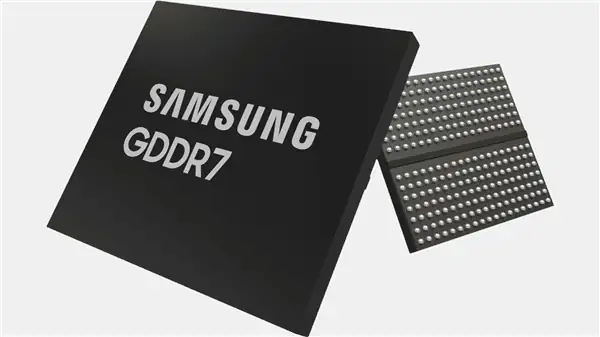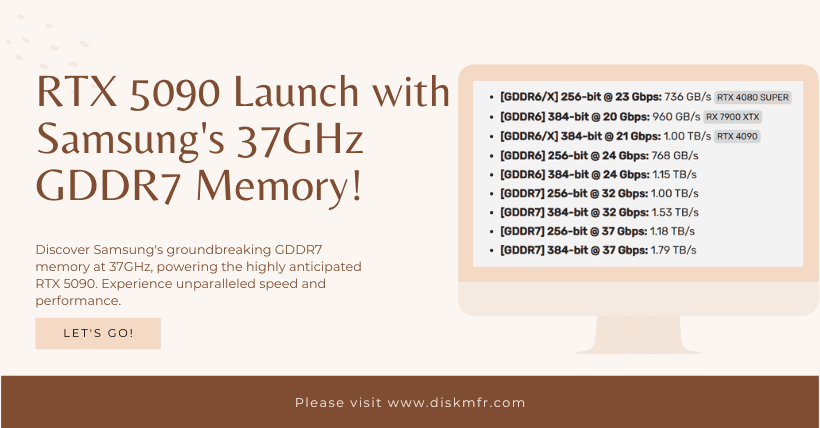On January 30th, it was reported that both Samsung and SK Hynix, two technological behemoths from South Korea, are gearing up to showcase their next-generation high-speed GDDR7 memory for the first time. This much-anticipated event will take place at the ISSCC 2024 International Solid-State Circuits Conference on February 20th. It’s worth noting that each company’s specifications will show slight differences.
The soon-to-be-unveiled GDDR7 memory is set to continue the tradition of increasing speed, which is a hallmark of technological advancements and significantly improves power consumption. This dual achievement is made possible by the introduction of PAM3 and NRZ signaling mechanisms. These new mechanisms have the potential to deliver higher performance while maintaining roughly the same power consumption level as their predecessors, GDDR6 and GDDR6X.

Samsung’s version of GDDR7 memory is expected to reach an astounding 37GHz effective frequency. On the other hand, SK Hynix’s version is estimated to be slightly lower, at 35.4GHz. Regardless of this minor difference, both versions represent a qualitative leap compared to Micron’s current GDDR6X, which operates at 19-24GHz. At a high frequency of 37GHz, GDDR7 can provide a bandwidth of 1.18TB/s even with a 256-bit width. This performance surpasses that of the 384-bit 24GHz GDDR6, further illustrating the potential of GDDR7.

If paired with a 384-bit width, the bandwidth of 32GHz GDDR7 could almost reach an astonishing 1.8TB/s. This represents an 80% lead over the RTX 4090 and nearly double that of the RX 7900 XTX. In terms of product release, Micron’s GDDR7 is expected to be the first to hit the market in the first half of this year. Samsung and SK Hynix, on the other hand, have not yet announced a specific timeline for the release of their versions. However, they too are expected to release their products within this year.
Regarding graphics cards, NVIDIA’s Blackwell RTX 50 series is very likely to be the first to adopt GDDR7. This step could give the company a significant edge over its competitors. As for AMD’s RDNA4 RX 8000 series, it’s still uncertain whether they will adopt GDDR7. They are temporarily giving up on flagship cards and, due to cost considerations, might not be in a hurry to adopt GDDR7. Nevertheless, the technological landscape is always changing, and only time will reveal AMD’s strategy.

Related:








